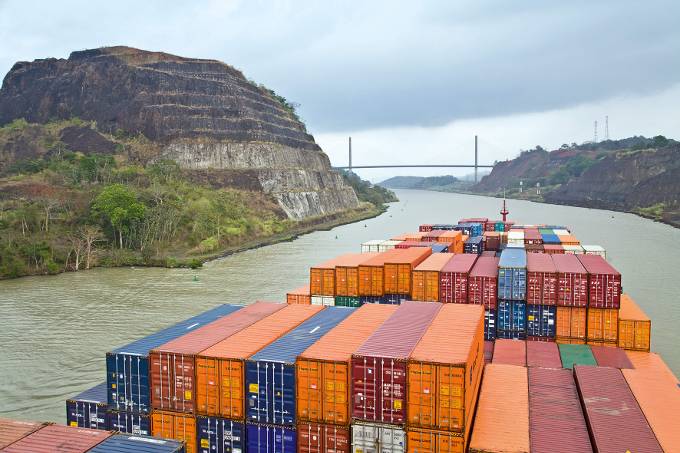Shipping rates have collapsed, while the logistics market is currently operating 40% below expectations, MTM Logix noted.
According to this logistics solutions company, freight rates have dropped unusually low in 2025, surprising industry experts and forcing companies to rethink their budgets and strategies.
“It’s not even the end of February and freight rates have already collapsed,” said Mario Veraldo, CEO of MTM Logix. “This is not normal seasonality; it’s a reaction to excess cargo entering the market during the last three months of 2024.”
Shipping rates
In addition, another part of the uncertainty was caused by U.S. President Donald Trump, who imposed an additional 10% tariff on all products imported by the U.S. from China as of Tuesday.
Trump also put a one-month pause to impose a 25% general tariff on U.S. imports from Mexico and Canada, if they do not commit to collaborate more effectively in relation to U.S. immigration and drug trafficking problems.
These measures could intensify challenges for industries such as trucking, which is already facing a three-year recession, as noted by Reuters.
Veraldo noted that such disruptions have the potential to reduce transport volumes and further increase operating costs.
The current sudden drop in freight rates puts pressure on companies’ revenues and complicates cost projections.
Veraldo recommended that companies adopt flexible shipping strategies and work with partners using tools and data to find the best transportation opportunities.
“In today’s unpredictable marketplace, relying on outdated methods can lead to costly mistakes,” he warned.
Supply and demand
In addition, Veraldo projected that although rates are falling, they will soon take the opposite direction.
While he does not believe rates will reach pandemic levels (USD $15,000 per container), he believes they will stabilize at levels similar to 2024.
However, driven by multiple factors external to supply and demand patterns, volatility will remain very high, he believes.

